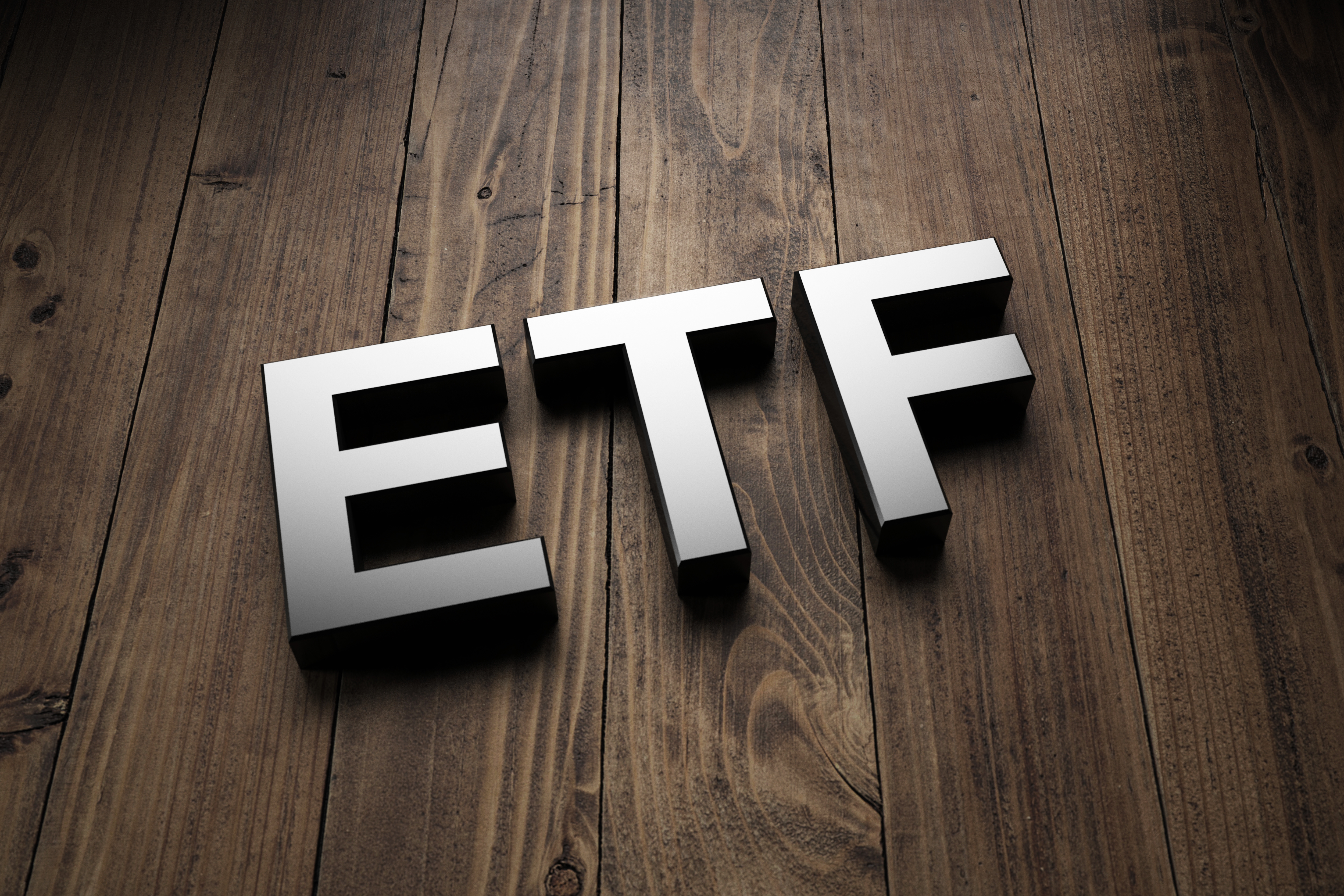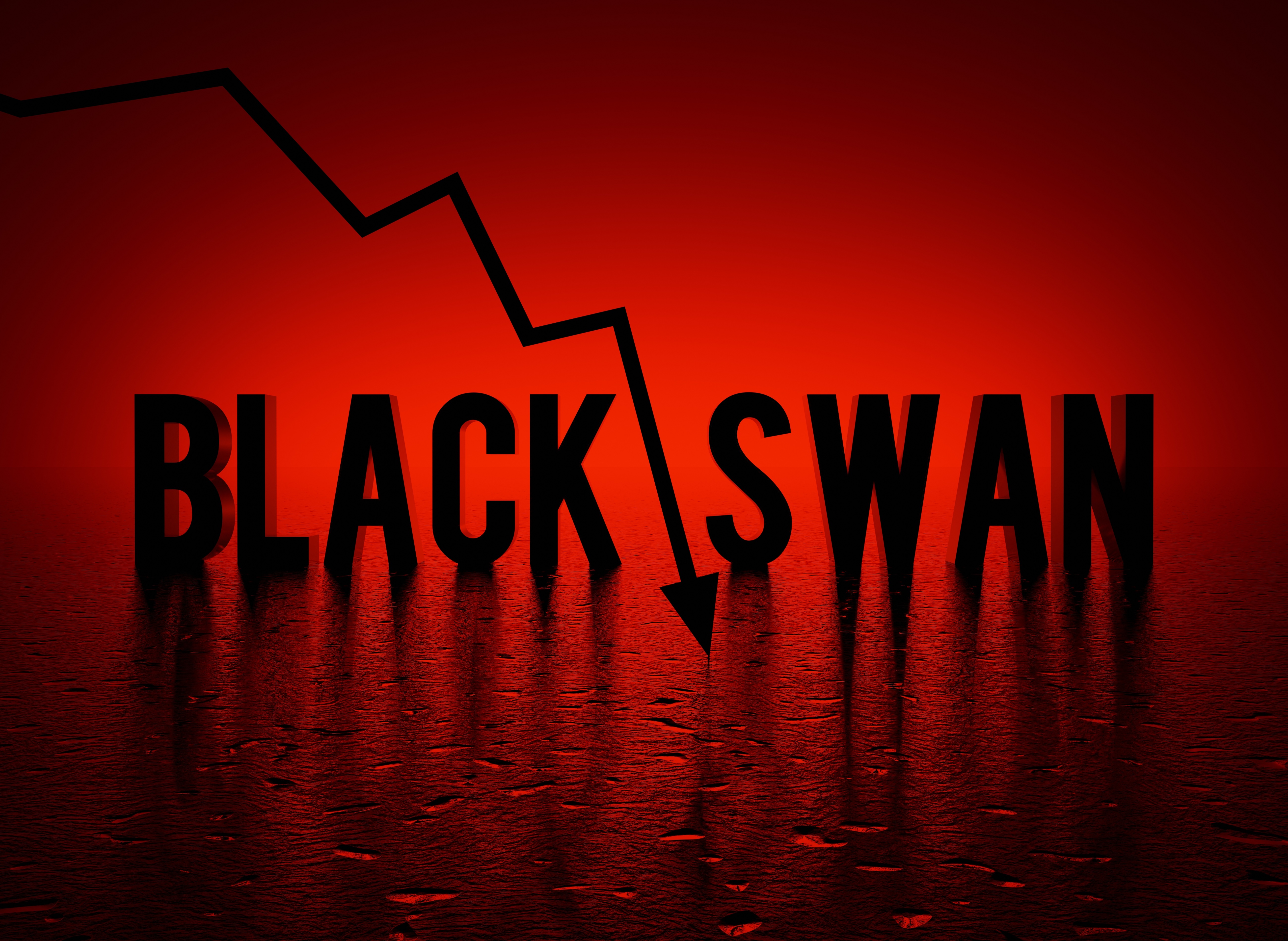Liquid Strategies is monitoring the spread of the COVID-19 outbreak, also known as coronavirus. We take seriously the health and well-being of our employees, clients and associates.
While there is currently no health or safety concern within our firm, we want to make sure you are aware that we are taking every precaution necessary. In the event there is an outbreak in our area, we have an emergency plan of action in place that would enable our portfolio team and staff to work remotely and continue to manage all client portfolios.
In light of the historic market volatility that has accompanied this outbreak, we want to update you on the actions we have taken and will continue to take for our overlay strategy. First, and most importantly, our thoughts and prayers go out to the families directly impacted by the coronavirus, both now and in the future.
The extreme level of uncertainty and fear that has gripped the globe from a health perspective has spread to the global financial markets. Just as health officials are struggling with quantifying the impact of the pandemic, investors are faced with the impossible task of determining the potential financial impact of the virus on all businesses across all sectors and of all size. As such, it is impossible to know how to properly discount future corporate earnings, and therefore how to discount stock prices accordingly. It may take quarters or possibly even years to be able to look back and know the “right” discount of stock prices. This extreme uncertainty around future earnings has driven equity volatility to extreme levels not seen since the global financial crisis and near the worst that we have seen in our careers. This extreme volatility validates risk management as the top priority for our overlay strategy rather than return maximization. The primary elements of our risk management process are 1) defined risk through the use of constant hedging and 2) exposure management driven by our volatility risk model. All our positions have offsetting hedges which set clearly defined maximum losses for each position, protecting the portfolio against the type of gap moves down that have occurred over the past two weeks. These protective hedges proved to be a crucial line of defense during the drawdown. As an additional line of defense, we closely track equity volatility to identify periods where equity volatility is accelerating rapidly, a condition that is unfavorable to most strategies, not just the overlay strategy. Our risk model began to indicate high levels of market risk on February 24th and has remained in that condition since. This led us to reduce and then eventually close all of our overlay positions, providing another crucial backstop during this period of extreme volatility. The net result is, with losses in the equity markets now approaching 25% from the peak, the overlay strategy has lost less than 2.5% during this period.
It is impossible to positively determine when and at what level the market will find a short-term bottom, let alone a long-term bottom. Until there is more clarity and volatility subsides, we will continue to execute our strategy with caution by continuing to focus on preserving capital while prudently adding new positions that can benefit from the extreme negative sentiment.
As always, we are happy to visit with investors anytime to share our thoughts on the current environment.
Sincerely,
Brad Ball, Shawn Gibson, Adam Stewart and Justin Boller











